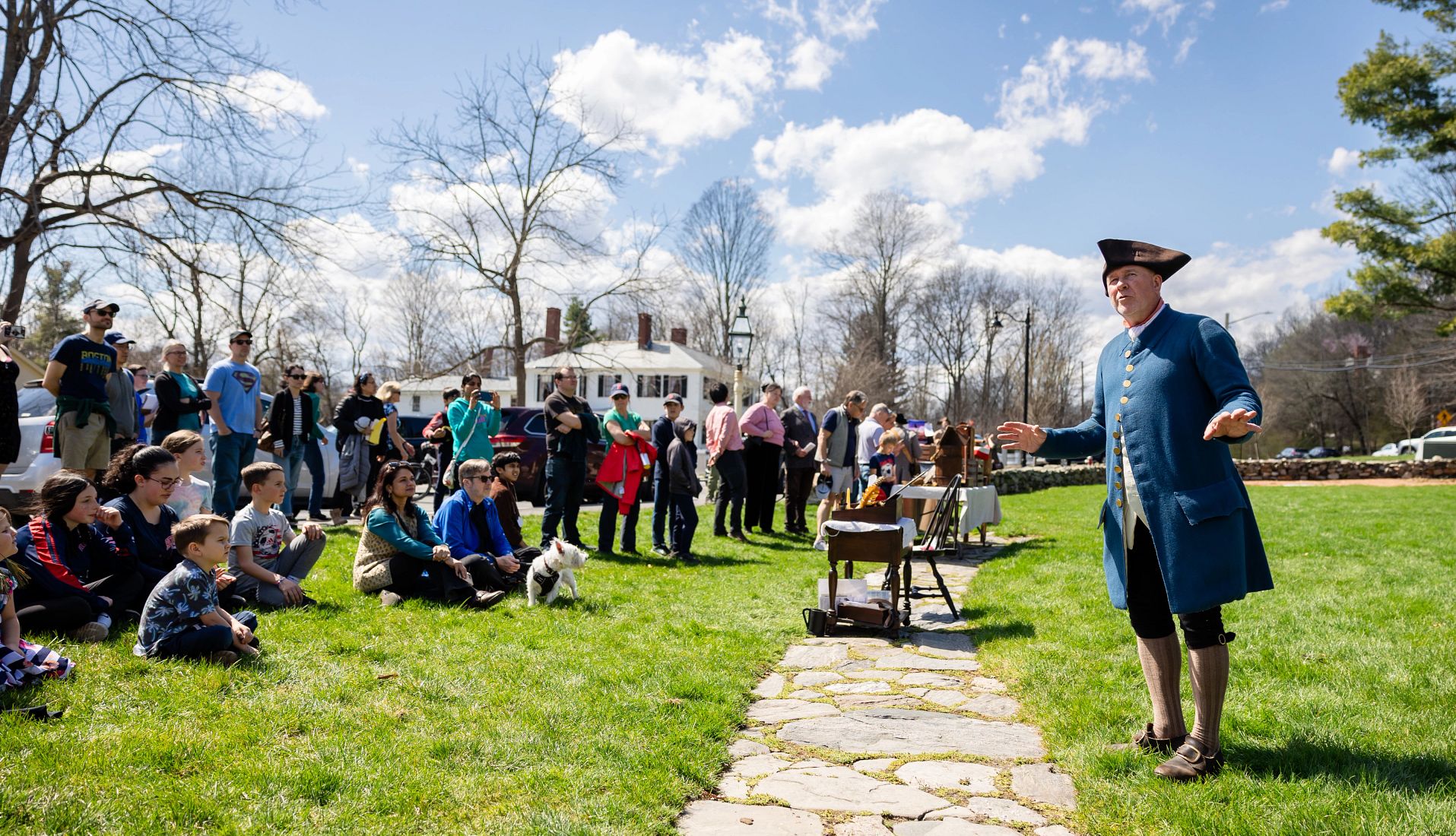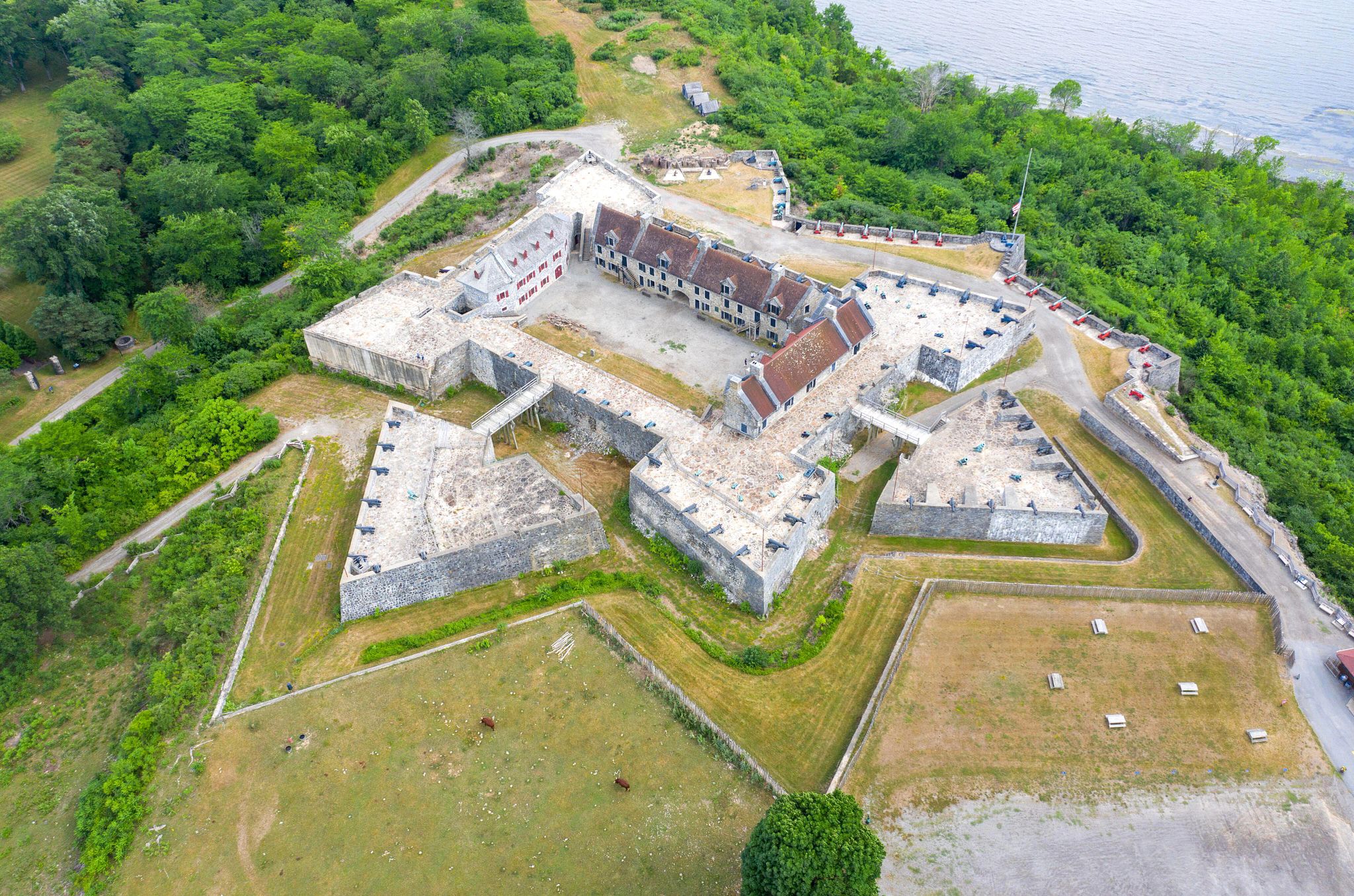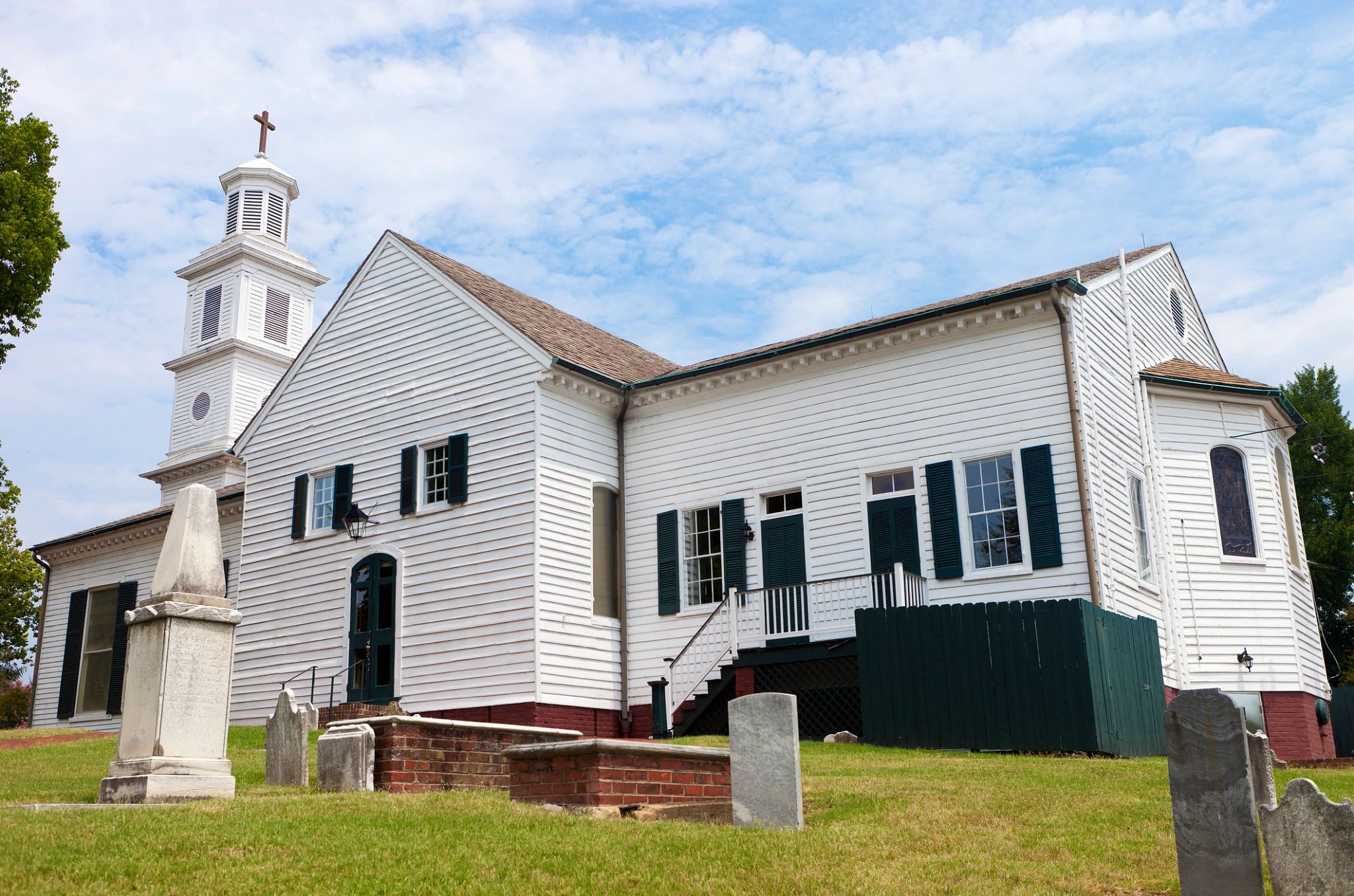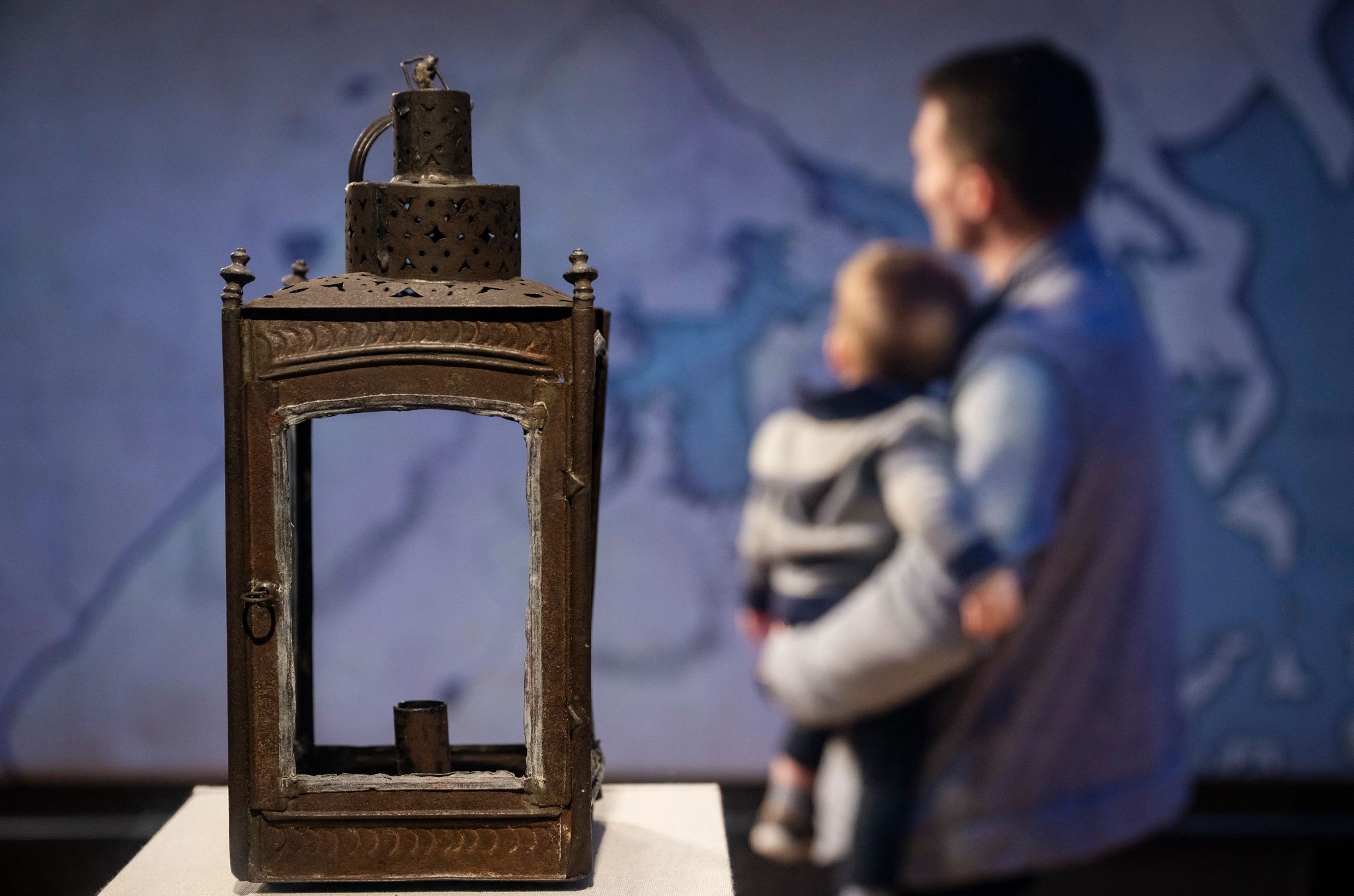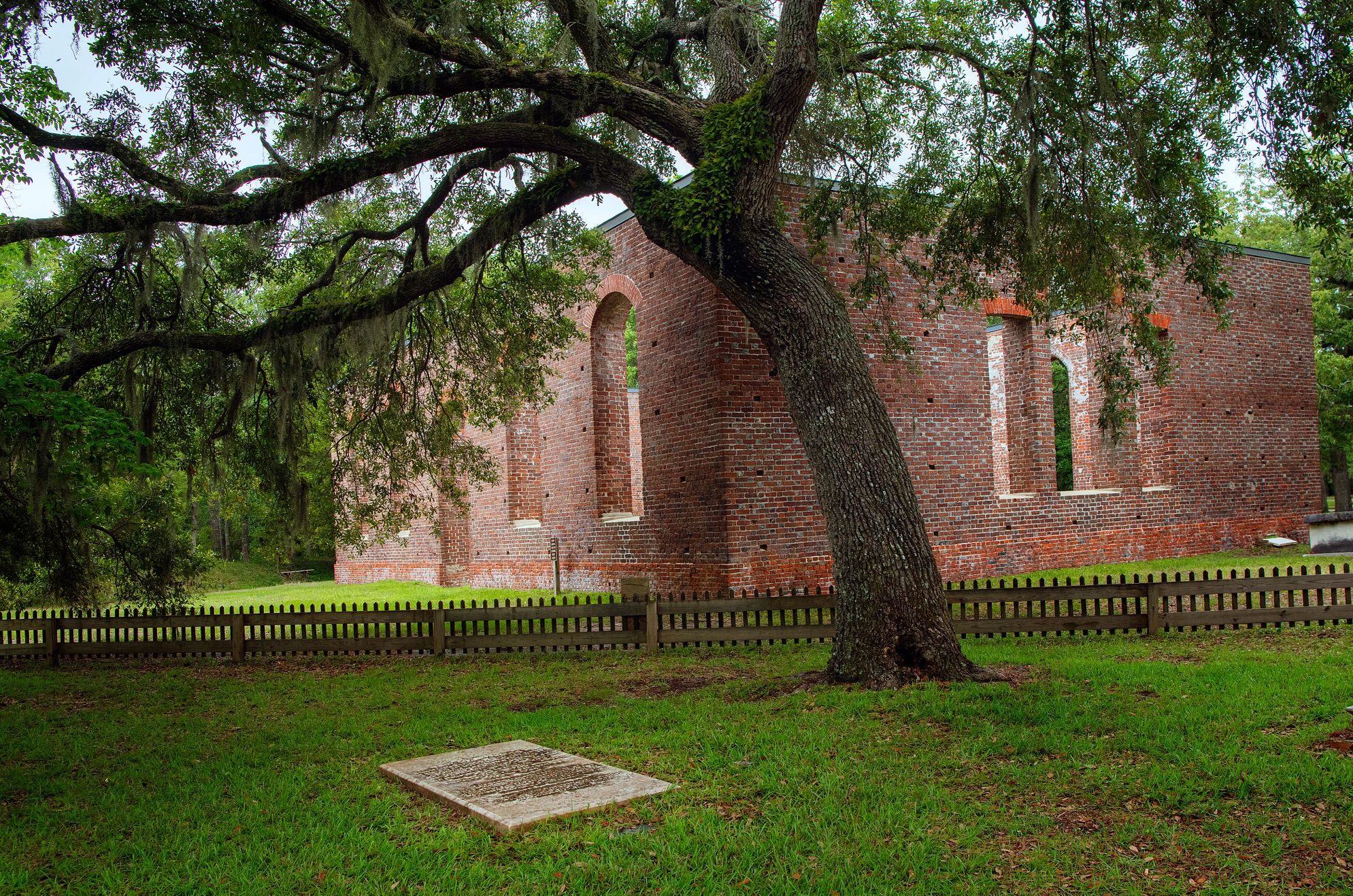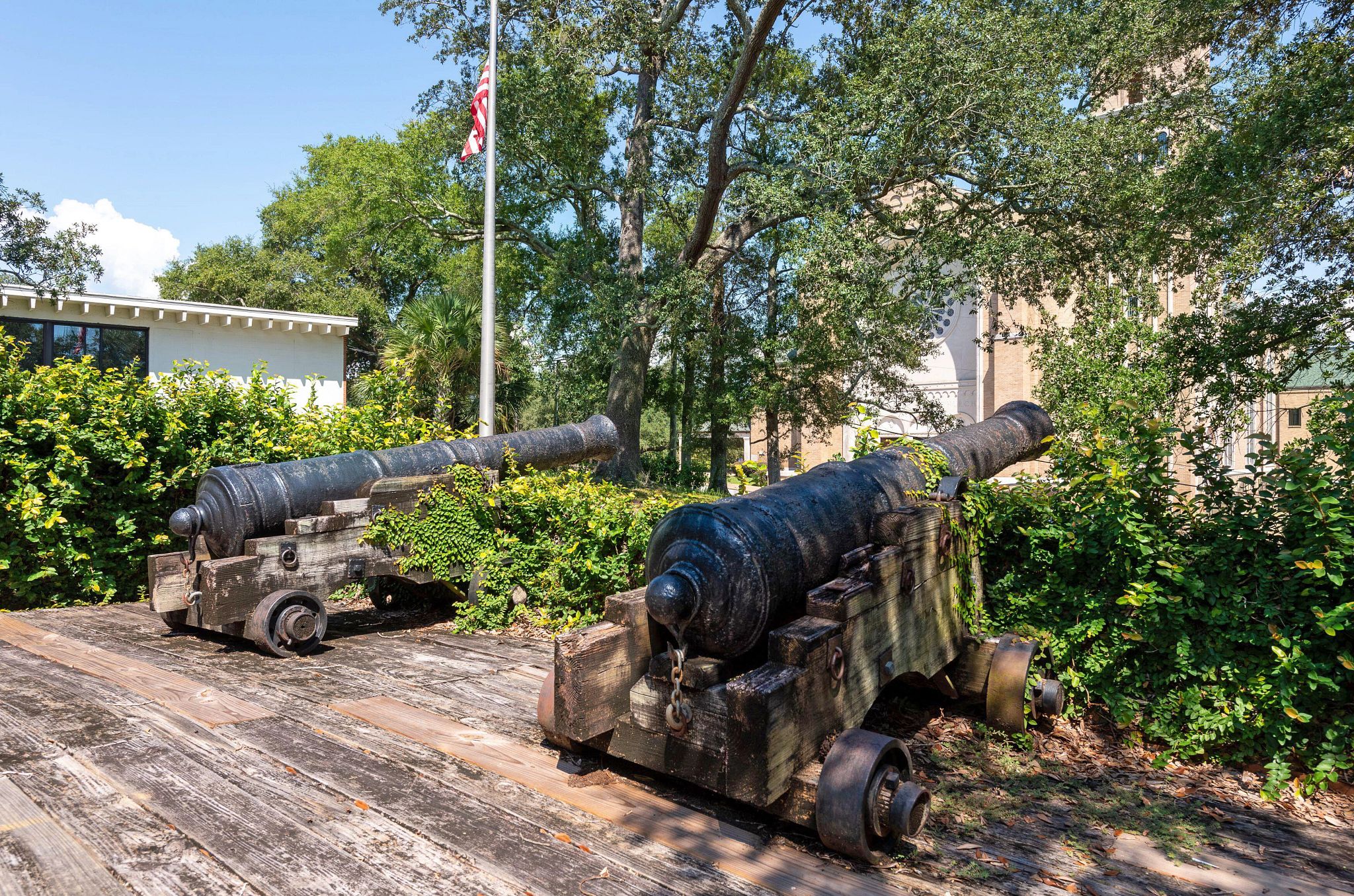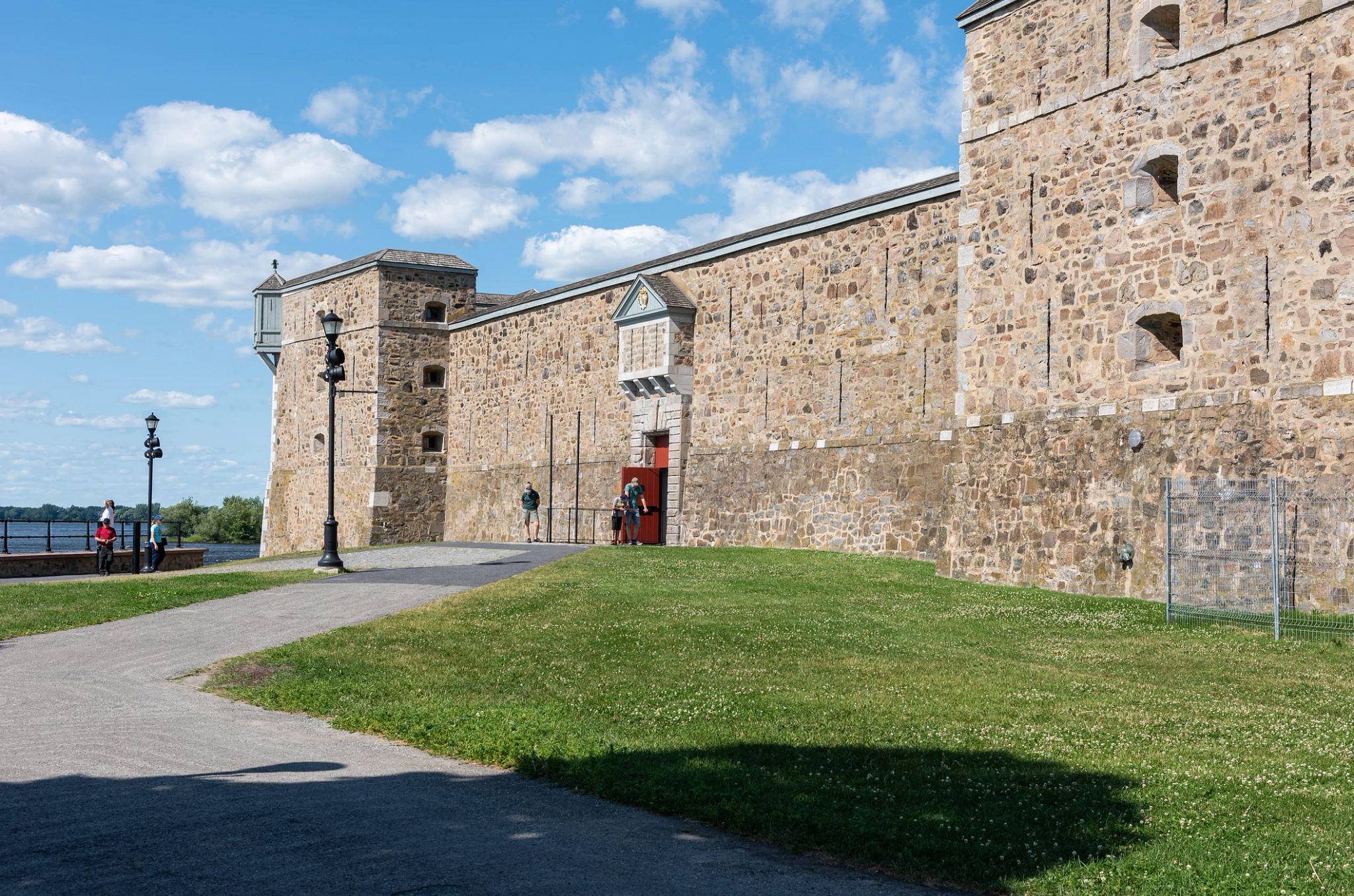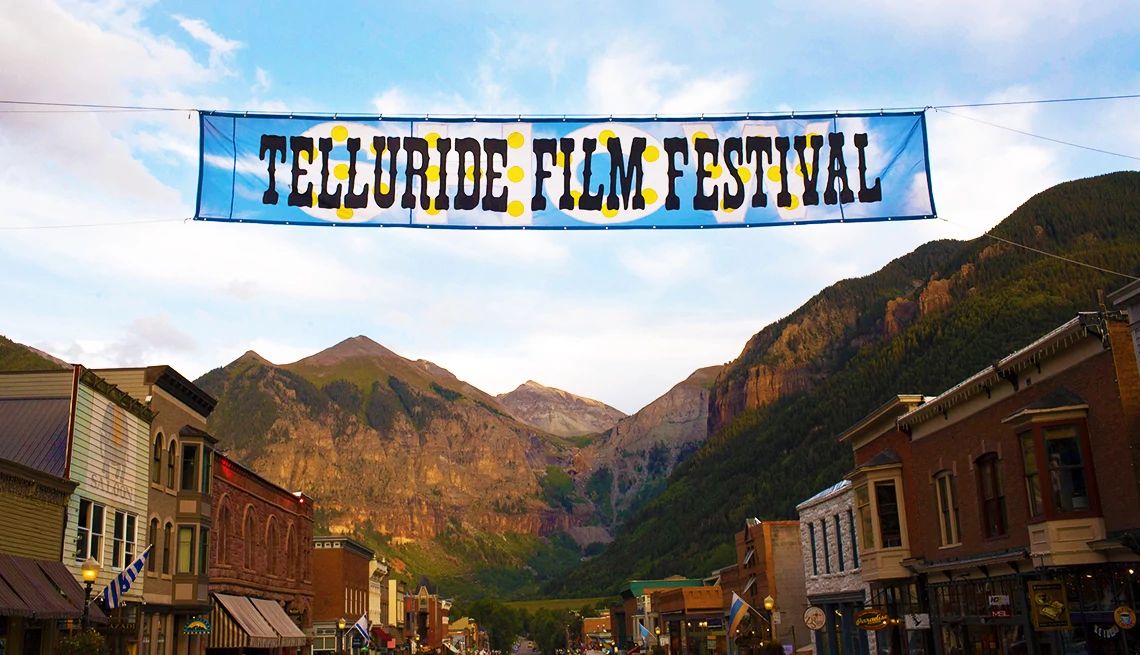AARP Hearing Center
You probably recall the Boston Tea Party from high school history class — colonists in disguise, chests of tea, a salty protest that made a splash. But what about Fort Ticonderoga, from which patriots dragged 60 tons of captured British artillery through snow and wilderness to Boston, giving Gen. George Washington his first major victory? Or Brunswick Town, a thriving North Carolina port abandoned during the onset of the war in 1775 because of the imminent arrival of the British?
According to AARP’s 2025 travel trends survey, escaping the ordinary is one of the top motivators for travel. And what could be further from the ordinary than walking in the footsteps of patriots who once stood their ground? As we mark the 250th anniversary of the American Revolution, it’s time to go beyond the textbook and explore the lesser-known battlegrounds where liberty was just as fiercely fought and history feels startlingly alive. Here are seven under-the-radar places to rediscover forgotten stories and feel the echoes of America’s fight for liberty.
Fort Ticonderoga, New York
The capture of Fort Ticonderoga — an intimidating fortress perched above Lake Champlain — might seem like a relatively low-stakes moment in the overall conflict. On May 10, 1775, Ethan Allen and Benedict Arnold led 83 ambitious Patriots in a surprise rush on a sleepy small garrison of 50 British troops. But the taking of the fort by the nascent army proved a bold wake-up call that would change the course of a war. As Stuart Lilie, vice president of public history at the site, explains, “This was the first offensive victory of the American Revolution.” And gave the Continental Army a significant cache of necessary artillery.
Fast-forward to today, and Fort Ticonderoga is turning the American Revolutionary War commemoration into full-blown time travel thanks to the fort’s “Real Time Revolution” project. “From now until 2027, when people visit, they will be seeing who was in the fort, to the year, the month, the week, the day, even the hour in some cases,” says Matthew Keagle, Fort Ticonderoga’s curator. With a stellar interpretive team, this site is a must-visit for anyone wanting to understand the beginnings of the war and the failed Patriot invasion of Canada.

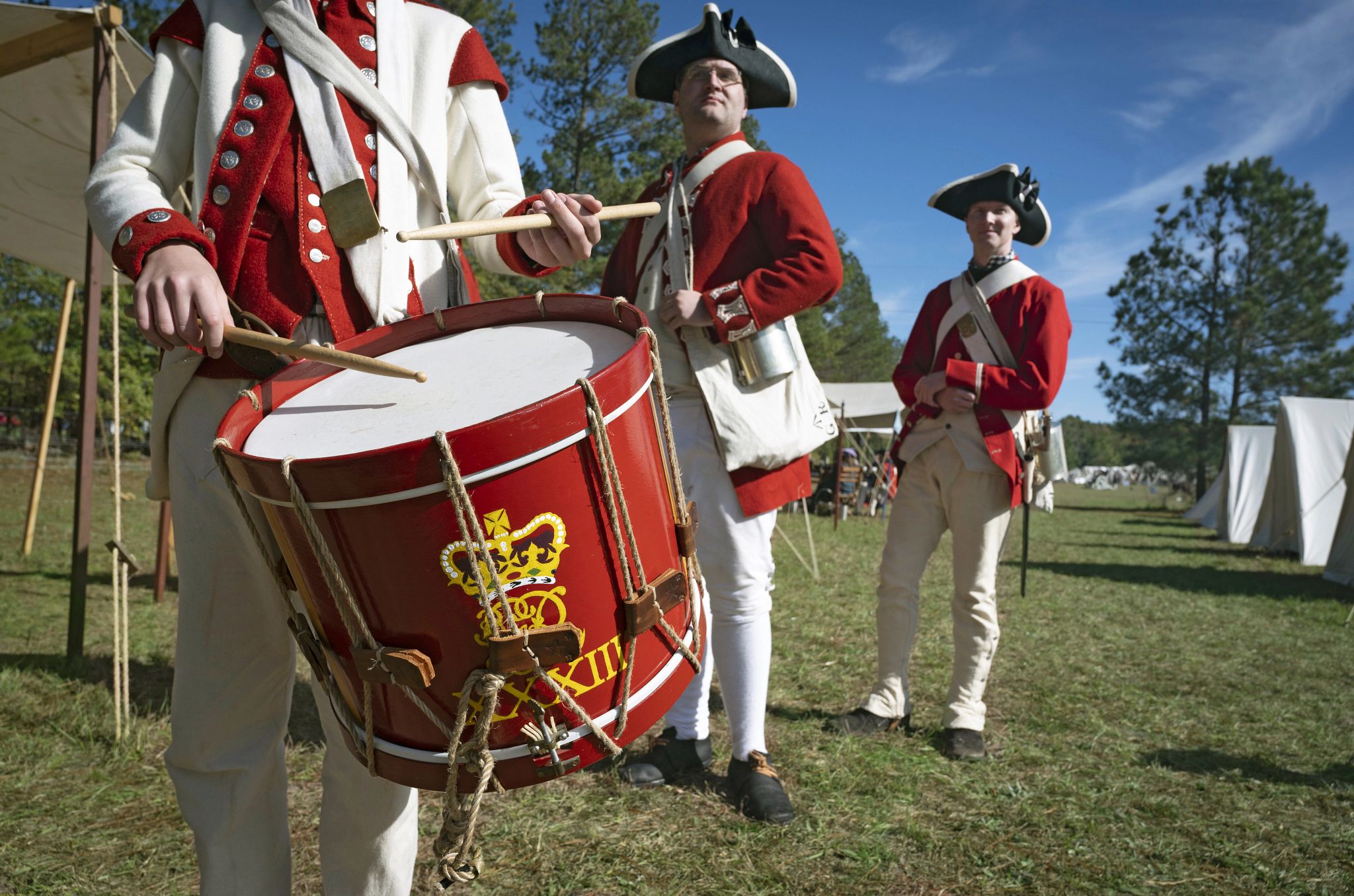
Liberty Trail, South Carolina
Too often, we only consider the North in the American Revolution, but it was very much fought in the South as well. In fact, more than 200 battles took place in South Carolina alone.
“I’m a firm believer that the Revolutionary War was won right here,” says Rick Wise, executive director of the South Carolina Battleground Preservation Trust (SCBPT) and a veteran of Desert Shield, Desert Storm, and Operation Iraqi Freedom. Wise has devoted his retirement to studying and preserving the Southern campaign of the Revolutionary War, and he argues that it was not in grand battles of the North, but in the gritty, guerrilla-style skirmishes across the backwoods of the lowcountry where the tide truly turned against the British.
And there’s no better place to see his point come to life than along the Liberty Trail — a network of Revolutionary War sites across South Carolina curated by SCBPT and the American Battlefield Trust. At its center lies the Revolutionary War Visitor Center in the historic town of Camden. Here you can pay tribute to 14 soldiers whose remains were discovered in 2022 and reinterred with honor in 2023. These casualties of a crushing British victory on Aug. 16, 1780, which claimed the lives of 900 Patriot soldiers, didn’t die in vain, however. Wise says a new Continental commander arrived a day before the battle. Enter: Francis “Swamp Fox” Marion. In the backcountry and swamps of South Carolina, Marion and his men disrupted and annoyed British columns through swift and unexpected raids while evading British Lt. Col. Banastre Tarleton, who was so annoyed he gave Marion his famous moniker.
Follow in the footsteps of the Swamp Fox and the Patriots of the Palmetto State on the Liberty Trail.































































